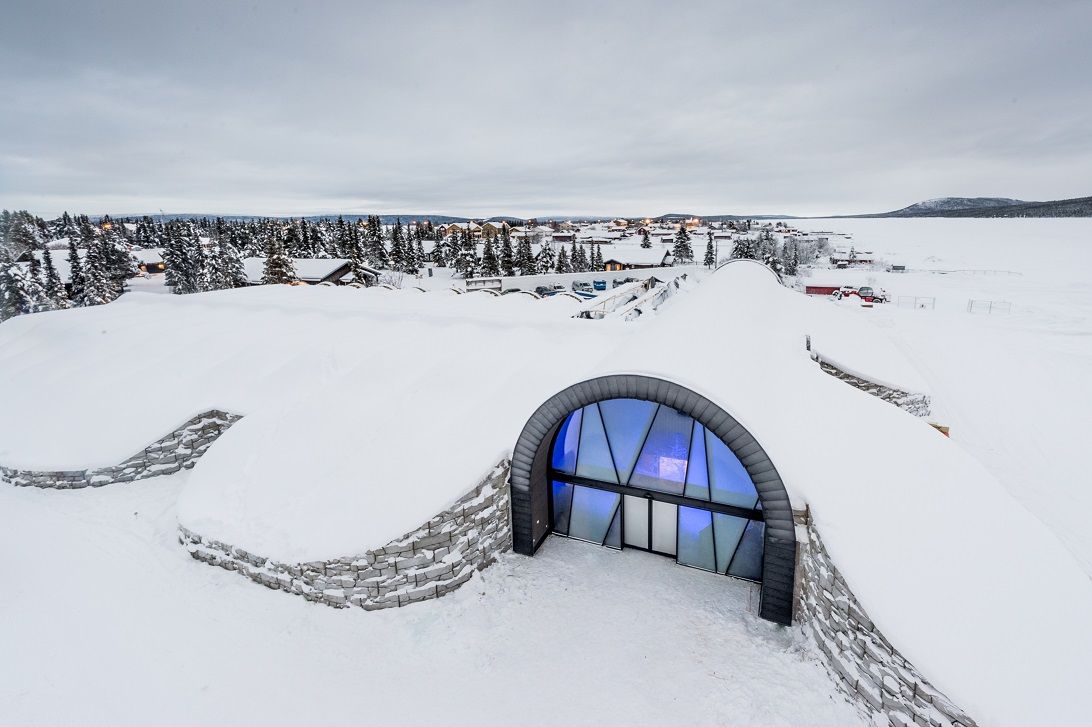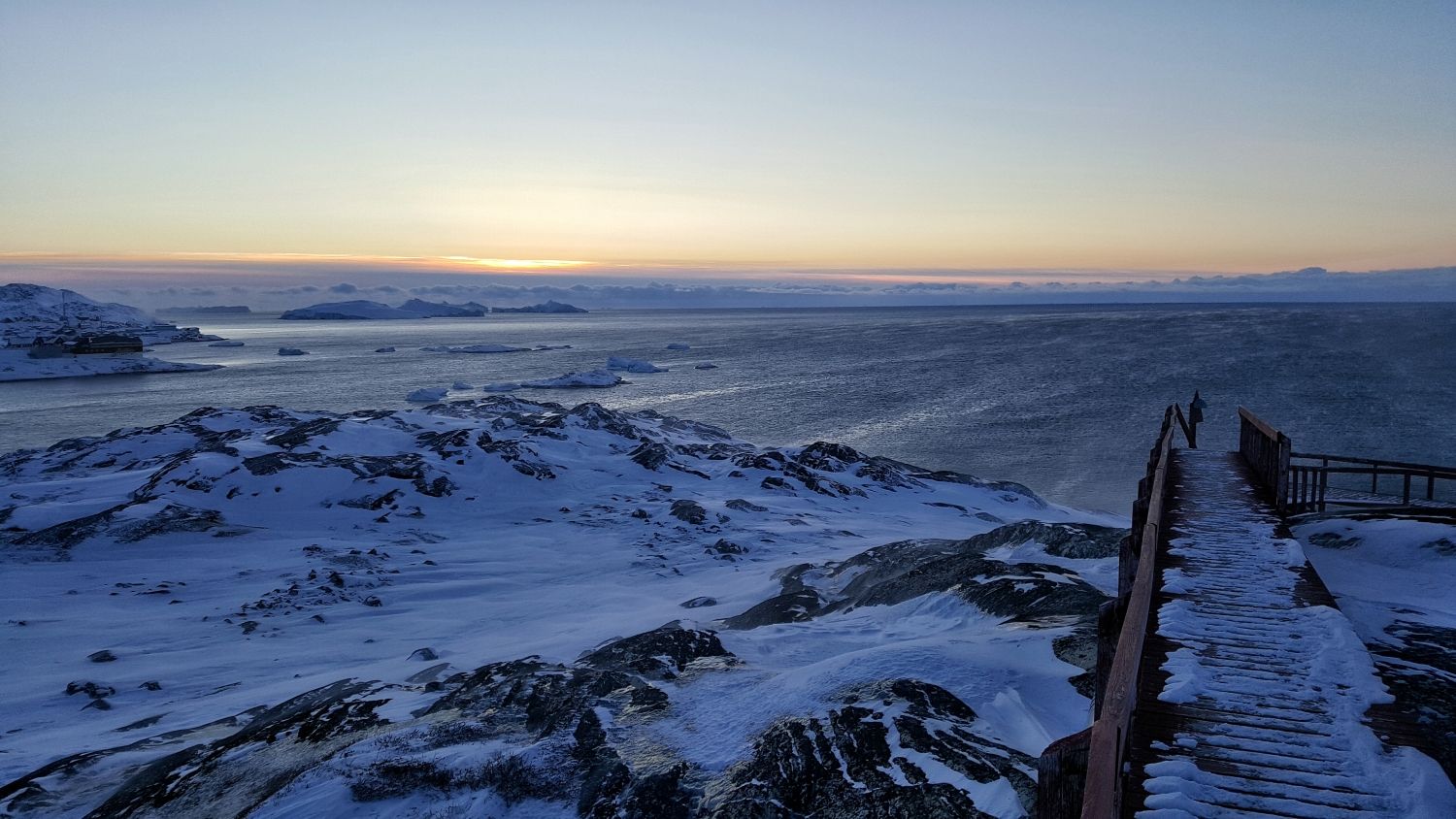Dawn's blog posts

At this time of year, the sun does not set in Northern Norway. Whilst slightly disorientating at first, I soon came to really enjoy the never-ending days and the opportunities this opened. In this time of the Midnight Sun, Norwegians sleep less – they fish, they kayak, they BBQ, they island hop – more daylight means more time to enjoy the splendours of the land and socialise until the early hours.
At around 11.30pm the sun dips toward, but never quite reaches, the horizon. The Norwegian fjords and mountains are bathed in a pinkish golden glow and the scenery looks all the more idyllic, exuding a sense of warmth and serenity. As strange as it sounds, one of my favourite things to do was to simply sit on the water’s edge and enjoy the colours of the light.

A Nordic Summer Adventure - Part 3: The Idyllic Islands of Senja and Sommarøy

One of the key highlights of the trip was the chance to spend time on the island of Senja. Having listened to colleagues rave about it for years, it was a place I was eager to see. I can confirm that it does indeed live up to the hype.

A Nordic Summer Adventure - Part 2: Whale watching from Andenes
It didn’t really occur to me until afterwards, but to see a whale in the wild is truly a magnificent experience.
We were lucky enough to see four sperm whales up close off the coast of Norway (although, as Daniele our guide pointed out to us, your eyes play tricks with you at sea and what feels like 20 metres away is more like 80) and it makes you feel overwhelmingly humbled to witness an animal that has swum in our oceans for more than 5 million years.

A Nordic Summer Adventure - Part 1: How to describe Norway

The adjective ‘beautiful’ is banned in our office so I have had to delve into my thesaurus to accurately describe what I thought of Norway on my recent stay. Glorious, splendid, gorgeous, lovely and stunning are a good way to start, but perhaps most accurately, my overall thoughts on the parts of Norway we explored were that they were so easy on the eye that it was almost laughable.

The world’s first ICEHOTEL was founded in 1989, and for 27 years it has been constructed from ice taken from the frozen Torne River in Jukkasjärvi, Sweden - destined to melt away come spring for the process to be repeated the following year. This year welcomes an addition to this cycle with the construction of the fantastic new ICEHOTEL® 365- a year-round icy experience.


It is only when flying over the Greenlandic Ice Cap that the sheer vast wilderness of the country strikes home. Of course, I knew all the stats, this is a country the size of Western Europe with a population of a large town in the UK. But still, when I flew over on a beautiful clear day, with hundreds and hundreds of miles of Ice and mountain below me, the utter scale became apparent. It is very much the Arctic I imagined as a child.

Ilulissat directly translated means ‘Iceberg’, and indeed the UNESCO protected Icefjord is the reason most people come here. Immediately on arrival at the hotel, I could see 2 huge icebergs, floating a few miles away along the coast. From a distance, they looked big…but nothing compared to the epic proportions, which become apparent up close to these imposing ice sculptures.

One of my first trips when I joined The Artisan Travel Company brought me to the beautiful island Gozo. After arriving at Malta airport, my taxi driver was already waiting for me and I was brought to the ferry port to board the ferry.
Already just the crossing from Malta to Gozo gave me a holiday feeling.
As I was so excited about the trip I almost forgot to pick up my luggage, but thankfully my friendly taxi driver reminded me to do so. My adventure could then finally begin.
I checked into my lovely room and had a wonder around the hotel, which has a converted 350 year old farmhouse as its central area.
The village of Xaghra is only a few minutes' walk away, so I decided to go and was positively surprised, to be honest. It is a small, picturesque village and also offers a historical heritage.
After I had seen the village, I decided to stroll back to my hotel and enjoy the rest of my day and the lovely sunshine.

Being one of those people who tends to plan their day around meals and loves to try out new food, one of my favourite parts about travelling to Lapland is sampling the Scandinavian food which is rich, varied and plentiful.
In the depths of Northern Finland and Sweden, food is (logically!) sourced firstly from the landscape – fish are caught in the lakes, reindeers are bred in the forest and berries and mushrooms are foraged from the ground. This gives the food here a natural and fresh taste and I love the fact that the meals here feel so hearty and wholesome.
The very first dish I enjoyed on a visit here was a simple one – sautéed reindeer with mashed potatoes and lingonberries, but in the bitingly cold arctic environment it was, quite honestly, perfect.

I have been lucky enough to visit Menesjärvi twice during my time working for Artisan. The first time was in September during the wonderfully scenic Finnish autumn. The drive here will take you away from the small town of Ivalo and into increasing wilderness – the trees grow denser, the roads grow quieter, and you pass nothing except a small handful of houses (owned mostly by local reindeer herders) before you come across the main hotel here.
Hotel Korpikartano is located on the banks of Lake Menesjarvi which at this time of year, is a beautiful glittering vista of water, reflecting the changing colours of the surrounding trees.


One of the more memorable evenings of my visit to Northern Norway was spent in the home of a local fisherman who specialised in King Crab.I will admit right from the start that I on the whole don't eat seafood, but still found this whole evening a wonderful local experience.
King Crabs are rather famous on the north coast of Norway, namely in Kirkenes and the North Cape of the country.
Despite their immense popularity as a local delicacy, we learnt that King Crabs are not native to this region and were in fact introduced artificially by Soviet Scientists in the 1960s to provide a new valuable catch for Russian fishermen. Their native home is the Barents Sea surrounding Alaska where the population is declining, despite strict fishing controls, yet here on the coast of Norway they are thriving.












 Travel Website Development
Travel Website Development
